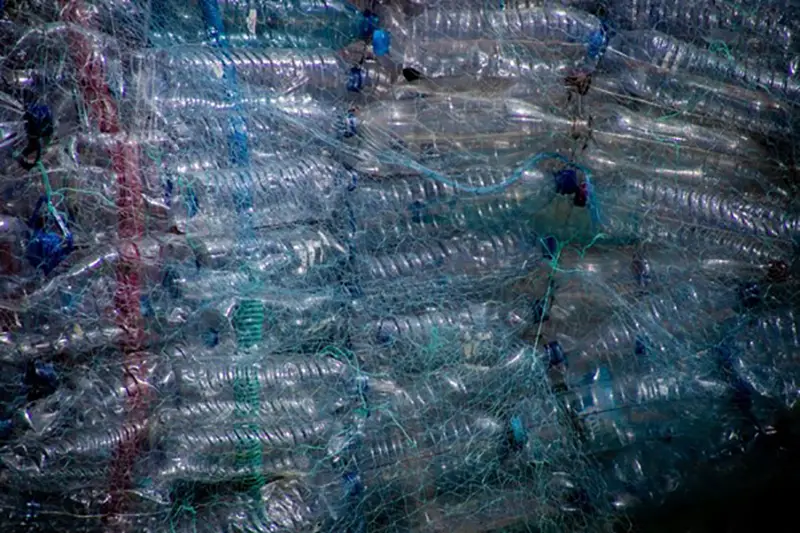Click here to get this post in PDF
Our everyday life is full of the use of metal and plastic in various ways. Be it home, office, industrial units, or any other place, our daily lives cannot function well without including metals or plastics. These two things are considered essential and versatile for use in so many ways.
Industrially, metals are used to manufacture vehicle bodies such as planes, ships, railways, cars, and trucks. Plastics and metals are also used in packaging, cutlery, and much more. Microplastics are becoming a problem leading to pollution of the natural water bodies and land. However, the good thing is that sustainable use is getting promoted. We have units for metal scrap recycling and industrial plastics recycling.
Here are some steps for maintaining a green environment for the recycling process.
1. Collection
During metal recycling, the foremost step is metal recycling, which involves collecting the materials made from metals. These materials are collected in an organized way in containers designed to collect metals. Businesses dealing with metals on a large scale have created their scrap yards to encourage people to collect metal waste and bring them to scarp yards for being paid. The cost of the metal may vary at the different yards.
2. Sorting
As the metals get collected, the next step is sorting them. It requires separating recyclable and non-recyclable things. The higher the quality of the recycled product, the better the product or item. That’s why a strict quality checkup is needed for the sorting process.
A product having more than 50% metal is used in metal recycling. When materials like plastic surround the metal, recycling things made chiefly from metal is worthwhile.
Some products are only partially made of metal. The process of removing and separating the metal is more straightforward. A plastic three-ring binder may not be scrapped; removing and using the metal rings counts.
Sensors are used for identifying metals in huge recycling facilities using infra-red scanning. Though, X-ray is becoming more popular. Metal sensing processes are used in biotechnology, hydrometallurgy, and pyrometallurgy to improve metal recovery rates effectively.
3. Processing
Compacting and squeezing the metal is the next step after sorting. Machines are used to squeeze and squash the recycled materials to ensure they occupy minimal space on the conveyor belt.
4. Shredding
Post-crushing and breaking of the metal begin the process of shredding. The metals need to be broken down into small pieces or sheets for further processing. This helps to allow for a large surface-to-volume ratio, which helps to melt the metal with lower energy than large metal pieces. Shredding involves converting steel into blocks and aluminum into sheets.
5. Melting
Scrap metal is melted in a large furnace. The metal is taken to a furnace, which is made for melting the particular metal considering its properties. The melting process consumes a lot of energy. The recycled blocks and sheets take lesser time to melt than unprocessed material having the metal.
6. Purification
On completion of the melting process begins the process of purification. Based on the metal, different methods are used for its purification. Metal purification ensures that the final product has no impurities and is of high quality.
7. Solidifying of the Metal
After purification, the molten metal is directed to a cooling chamber on the conveyor belt for solidification. The scrap metal is converted to solid metal, ready for use.
Alongside metal recycling, recycling plastic is another step. It is estimated that microplastics in oceanic water bodies cause $2.5 trillion in damage due to the loss of resources for aquaculture, recreational activities, and fisheries. It also threatens global well-being in the long run. Many problems are due to mixing non-recyclable plastics with recyclable plastics, which impairs plastic recycling. Also, plastic mixed with other materials such as metal and wood are again not reaching the recycling center.
Conclusion
Industrial metal and plastic recycling are vital for maintaining the planet’s health and well-being. Metals are also vital resources that are useful in different industries after recycling. Talk to experts to learn more about metal scrap recycling and industrial plastic recycling.
You may also like: Starting a Recycling Business with a Small Investment

